Rethink the way we design, manufacture, and use products to minimize our impact on the environment.

When I was a kid, my mother used to take me to the market if second-hand objects.
It was an adventure for me, as I loved exploring the mountains of treasures.
We would find toys, broken furniture, and many objects still in good condition.
My parents would tell me that we had to recycle these things so that they wouldn’t end up in the landfill.
Now that I’m an adult, I realize that my parents were teaching me about the circular economy principles. Now teaching my son how to reuse, recycle, repair, renovate and recover.
The circular economy is a system where waste and resources are reused instead of being sent to the landfill or incinerated.
The circular economy is an alternative to the traditional linear economy.
We take resources from the earth, use them to make products, and then dispose of those products when we’re done with them.
In a circular economy, there is no waste.
Instead, resources are kept in use for as long as possible, and when they’re no longer needed, they’re recycled or reused.
The circular economy is built on seven principles: redesign, reduce, reuse, repair, renovate, recycle and recover.
Today I will give you a quick start on these seven principles.
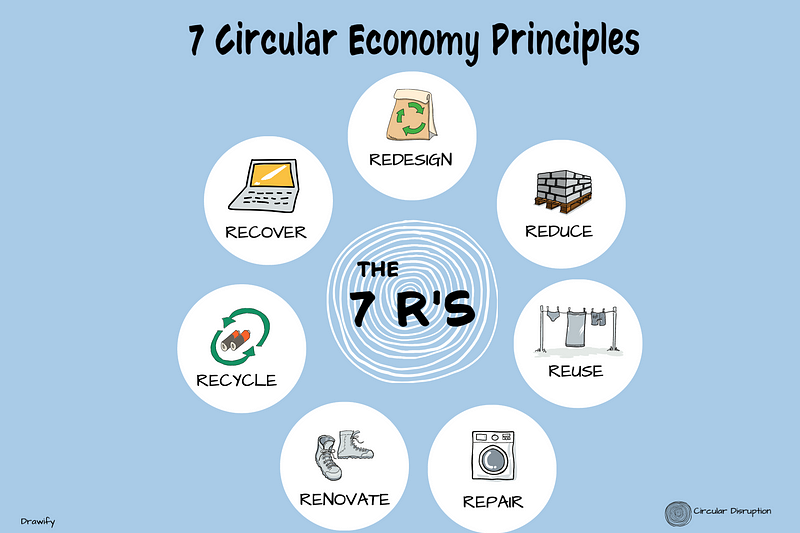
Redesign
The redesign means making products that are easier to recycle or reuse.
For example, instead of using disposable plastic bottles, companies might use reusable aluminum bottles that can be recycled.
A reference for a redesign for the circular economy is the company Loop Industries.
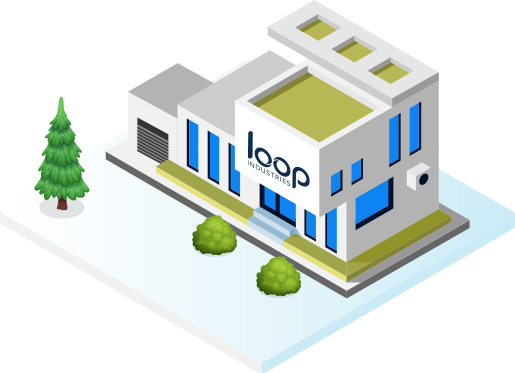
Loop manufactures sustainable PET plastic from recycled materials.
The company was founded in 2015 by Daniel Lock and Kees Kruythoff.
Loop has a closed-loop recycling system: the recycled plastic is melted down and used to make new products, which are then recycled again.
Reducing
The reducing principle means using fewer resources to make products.
For example, instead of making a product from new materials, companies might use recycled materials.
We can use this as a reference for reducing the circular economy is the company Re-Circle.
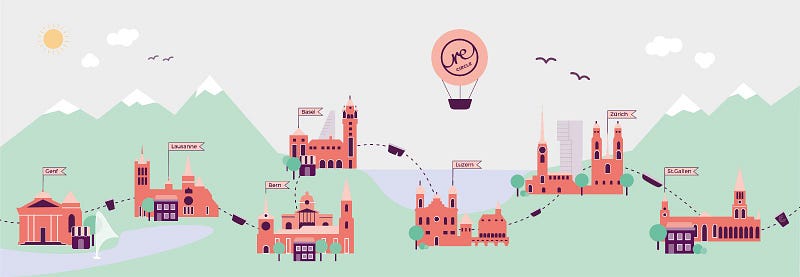
Re-Circle manufactures products from recycled materials.
The company was founded in 2009 by Jason Aramburu.
Re-Circle has a closed-loop recycling system: the recycled materials are melted down and used to make new products, then recycled again.
Reusing
The reusing principle means using products more than once.
For example, instead of throwing away a product after one use, companies might allow customers to rent or lease the product.
A great reference for reusing for the circular economy is the company The Renewal Workshop.
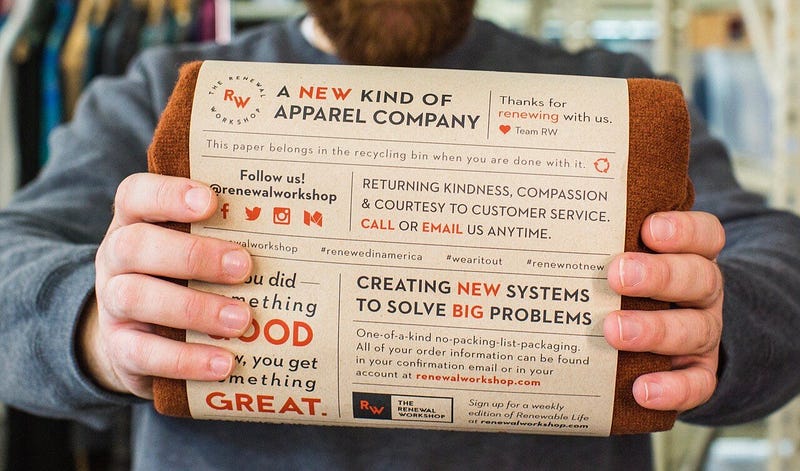
The Renewal Workshop repairs and recycles clothes.
The company was founded in 2013 by Daniel Silverstein.
The Renewal Workshop has a closed-loop recycling system: the recycled clothes are repaired and sold, and the money is used to repair other clothes.
Repairing
The repairing principle means fixing products instead of throwing them away.
For example, you might get it repaired instead of buying a new TV when your old one breaks.
Here we can mention the company iFixit.
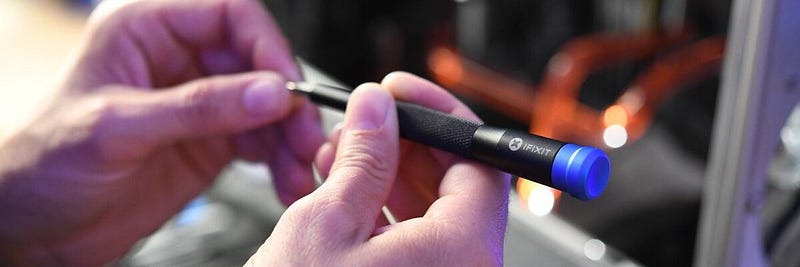
iFixit repairs products such as smartphones, laptops, and tablets.
The company was founded in 2003 by Kyle Wiens and Luke Soules.
iFixit has a closed-loop recycling system: the recycled products are repaired and sold, and the money is used to repair other products.
Renovating
The renovating principle means giving old products a new lease on life.
So, for example, instead of throwing away an old car, you might renovate it and use it for a different purpose.
An example of renovating for the circular economy is the company Urban Green Lab.
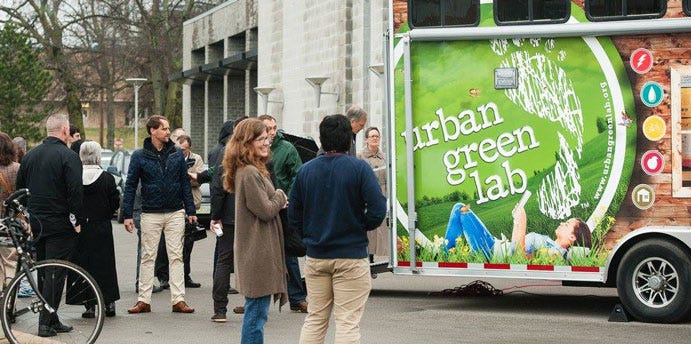
Urban Green Lab manufactures products from recycled materials.
The company was founded in 2016 by Pernille Bjerre and David Heinemeier Hansson.
Urban Green Lab has a closed-loop recycling system: the recycled materials are melted down and used to make new products, which are then recycled again.
Recycling
The recycling principle means turning products into new products when we’re done with them.
So, for example, instead of throwing away aluminum cans, we might recycle them and make new cans from recycled material.
A reference for recycling for the circular economy is the company TerraCycle.

TerraCycle recycles materials such as plastic, glass, and metal.
The company was founded in 2001 by Tom Szaky. TerraCycle has a closed-loop recycling system: the recycled materials are used to make new products, then recycled again.
Recovering
The recovering principle means extracting resources from products that can no longer be used.
For example, instead of throwing away an old computer, we might recover the metals and other materials from it to make new products.
We can mention here the work done by Dell recovering from the circular economy.
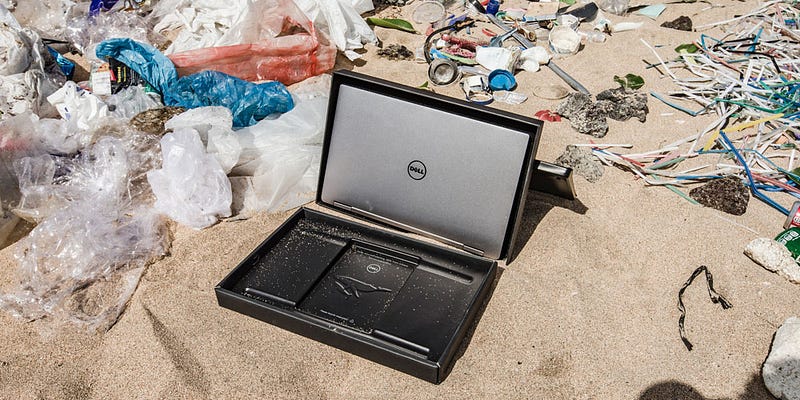
Dell recovers materials from used computers and other electronics.
The company was founded in 1984 by Michael Dell. Dell has a closed-loop recycling system: the recycled materials are melted down and used to make new products, then recycled again.
Most of us are familiar with the 3R rule, which is essential for sustainable development and preserving the environmental balance: reduce, reuse, and recycle.
In other words, what is obtained from nature returns to it when its lifecycle is over in a cyclical and environmentally friendly way.
But, did you know that there are four other rules?
These 7Rs are the necessary steps to achieve a circular economy:
- Redesign: Thinking and designing products so that their manufacturing process consumes fewer raw materials, extends their lifecycle, and generates less waste (or at least waste that is easier to recycle). This increases environmental protection.
- Reduce: Change our consumption habits towards a more sustainable model. If we reduce consumption, we avoid the generation of waste, the use of raw materials and therefore reduce the impact on the environment.
- Reuse: Reusing or repurposing products to extend their lifecycle.
- Repair: Until now, when a product broke down, we tended to replace it. However, repairing it is cheaper and avoids the use of new raw materials, saves energy, and does not generate environmental waste.
- Renovate: Update old objects to be reused as vintage, e.g., furniture.
- Recycle: Promote best practices in waste management and use what you can as raw material to manufacture new products.
- Recover: Give new uses to products that will be discarded, for example, using plastic bottles to create watering systems, flower pots, or bird feeders.
The 7Rs of the circular economy is essential for moving toward a more sustainable future.
First, we need to redesign our products and systems so that they can be reused, repaired, or recycled. We also need to reduce our reliance on virgin resources by using fewer raw materials.
Finally, we need to promote best practices in waste management so that we can recycle what we use.
The circular economy is a key step in sustainable development and preserving the ecological balance.
We need to rethink the way we design, manufacture, and use products to minimize our impact on the environment.
By applying the circular economy principles, we can make a difference in the future of our planet.
What are your thoughts on the circular economy?
Let us know in the comments below!
If you are interested in learning to join a group of like-minded changemakers, follow Circular Disruption or join us on Linkedin.
